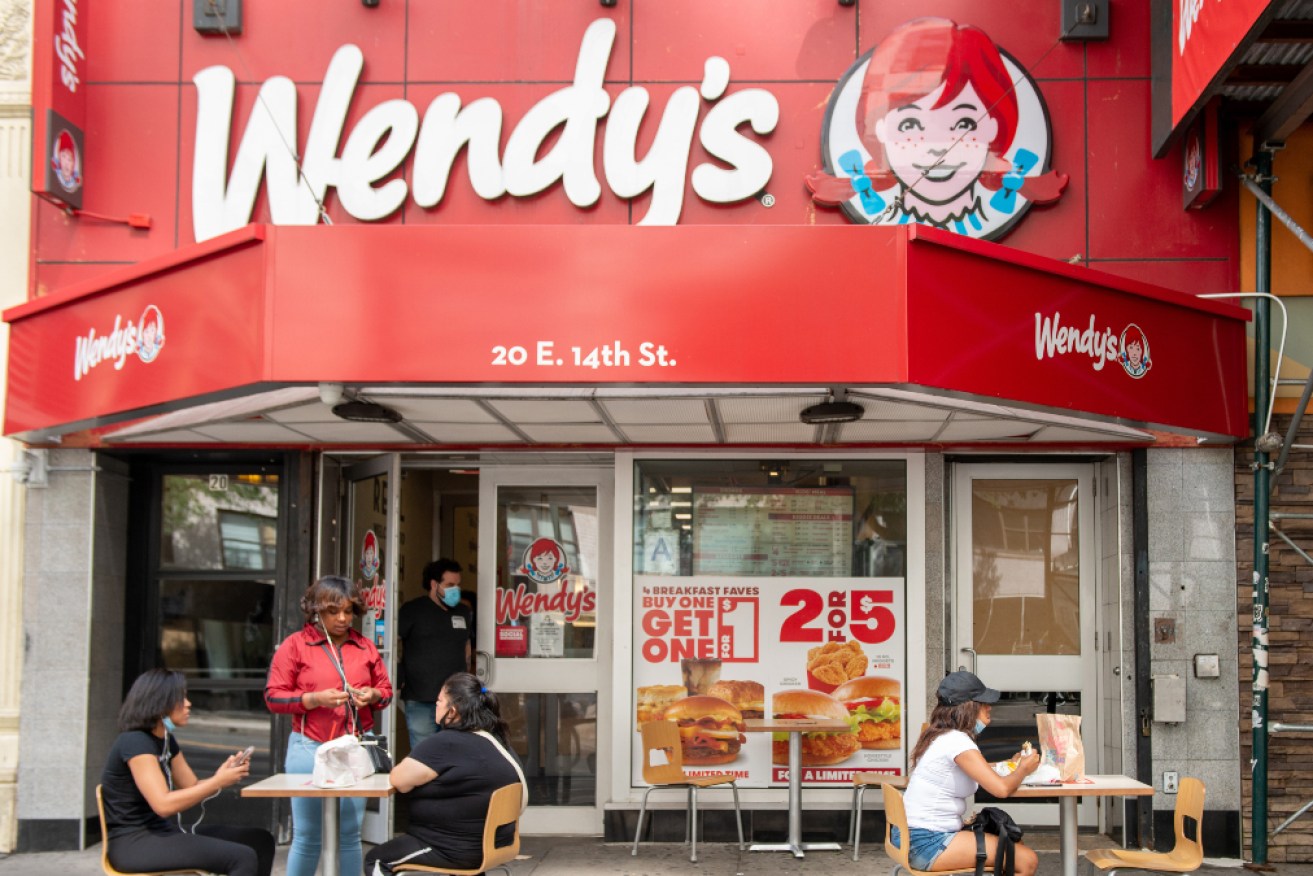Surge pricing or gouging? Why some brands charge more when demand spikes


Wendy's sparked public backlash after suggesting surge pricing. Photo: Getty
“Surge pricing” has been in the headlines lately as consumers struggling with cost-of-living pain hit back at big brands using sneaky tactics to increase prices.
US fast food giant Wendy’s came under fire last week after its CEO told investors about digital menus that would allow it to change prices depending on levels of consumer demand.
The company has since claimed the menus would be used to offer discounts to shoppers – not hike prices when outlets get busy – after a wave of backlash in the US and worldwide.
But what actually is surge pricing? And do any big brands in Australia do it?
What is surge pricing?
Surge (or dynamic) pricing refers to a practice where a company changes what it charges consumers based on the current demand for its goods or services.
In theory, when there are fewer consumers around, a retailer can drop prices to encourage more people to shop there; and when there are lots of consumers, prices rise to cool demand and drive profits.
University of Tasmania retail expert Louise Grimmer said companies in Australia did use surge pricing, including gig economy platform Uber, which has done it Down Under for years.
Uber has previously copped criticism for raising its prices during public transport outages, or when there’s a major event such as a concert or sporting match in a major capital city.
“We pay more when it’s really busy and harder to get a ride,” Grimmer said.
“It can also be used in the hospitality industry to offer consumers the chance to book a table at a hard-to-get restaurant.
“Some customers are willing to pay extra to obtain a table booking – this can happen at very popular restaurants any night of the week, and is also used during peak holiday times such as New Year’s Eve.”
In some industries like fast food, as we’ve seen with Wendy’s, technology can enable surge pricing because it’s easier for businesses to adjust their prices whenever they see fit.
Petrol stations have done that for years, moving prices up wildly on public holiday weekends when large numbers of families hit the road for short holidays.
Legal, but fair?
The practice is perfectly legal. However, there are some requirements businesses must abide by, according to the Australian Competition and Consumer Commission.
“Businesses must be clear about the price consumers will pay. They must also not make false or misleading claims about their prices,” the regulator says.
As for whether or not the practice is fair; there is a cold economic calculation behind the strategy, which is essentially the idea that higher demand means higher prices, and vice versa.
But as consumers deal with a plethora of other cost-of-living pressures, Grimmer said brands faced risks trying to use it, as exemplified by the public anger directed at Wendy’s chief executive.
“Critics see it as a form of price gouging,” Grimmer said.
“This is especially so if there are spikes in pricing that are much higher than normal prices.
“Is it reasonable or fair? Customers will make that determination.”
That means competition between businesses is crucial, because if a company raises prices in response to strong demand consumers can always look elsewhere for a better deal.
In the fast food industry, for example, there is no shortage of other options – a key reason the practice isn’t used more widely outside of tech platforms with less competition.








